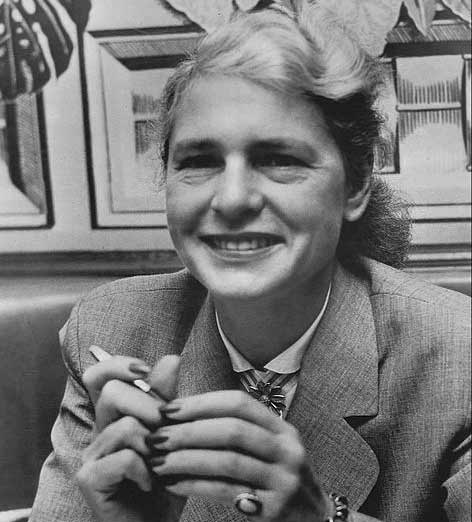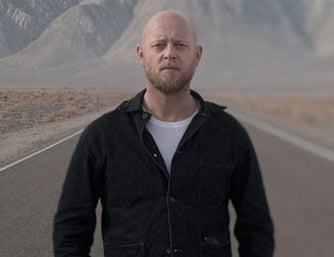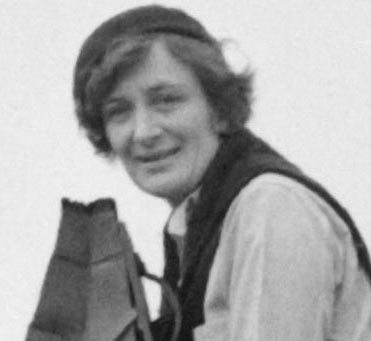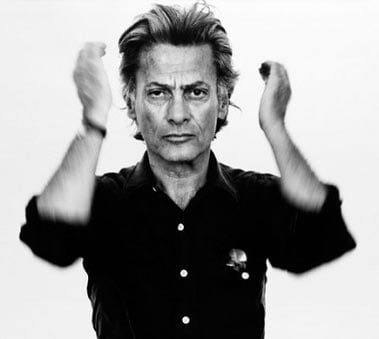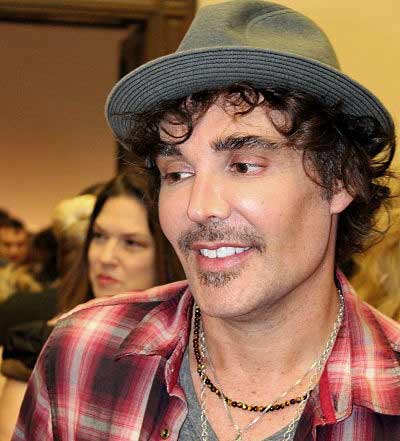| Full Name | Margaret Bourke-White (born Margaret White) |
| Date of Birth | June 14, 1904 |
| Place of Birth | New York City, U.S. |
| Date of Death | August 27, 1971 |
| Place of Death | Stamford, Connecticut, U.S. |
| Alma Mater | Columbia University, University of Michigan, Purdue University, Western Reserve University, Cornell University |
| Occupation(s) | Photographer, photojournalist |
| Spouses | Everett Chapman (m. 1924; div. 1926), Erskine Caldwell (m. 1939; div. 1942) |
| Known For | First foreign photographer of Soviet industry under first five-year plan, first American female war photojournalist, first Life magazine cover photo |
| Early Life | Born to Joseph White (Polish Jewish descent) and Minnie Bourke (Irish Catholic descent); grew up in Middlesex, New Jersey |
| Siblings | Younger brother: Roger Bourke White (Cleveland businessman), Older sister: Ruth White (American Bar Association) |
| Education | Studied under Clarence White at Columbia University; graduated from Cornell University with a BA in 1927 |
| Career Highlights | Established a commercial photography studio in Cleveland, focused on architectural and industrial photography; notable work for Life magazine |
| Influence | Learned perfectionism from her father and a desire for self-improvement from her mother |
| Awards & Recognition | Noted for her pioneering contributions to photojournalism and documentary photography |
